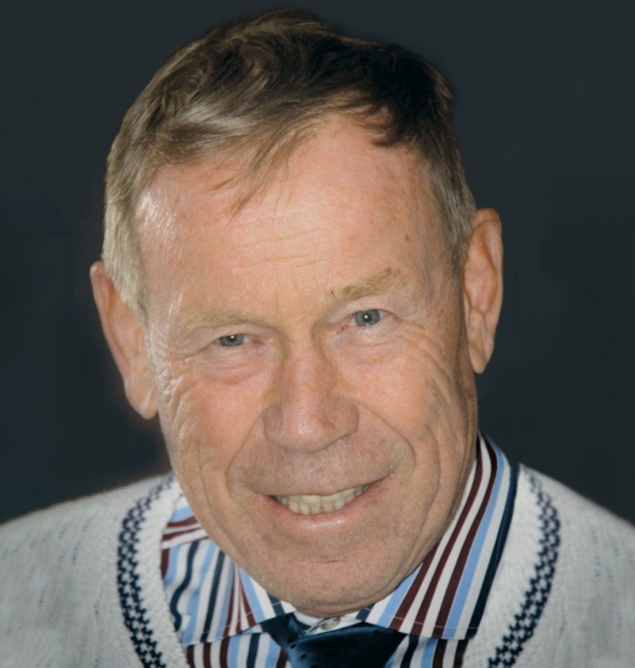
Theoretical physicist Werner Rühl died on 31 December 2023 in Füssen, Germany at the age of 86.
He was born in 1937, at a time when theoretical physics in Germany was being destroyed by the Nazis. After the Second World War, the ongoing study of cosmic rays and the availability of higher energies from accelerators made particle physics the most interesting field for budding researchers like him. Part of the way ahead was obvious: learn from the US and profit from the new spirit of European unity embodied by the creation of CERN.
Rühl followed this path in the straightest possible way. He obtained his PhD in 1962 in Cologne and became a research associate at CERN in 1964. Two years later he took up a postdoc at Rockefeller University, New York, before returning to CERN as a staff member in 1967, and obtained a chair in 1970 at the newly founded University of Kaiserslautern.
A more difficult decision concerned mathematics, for which many experimentalists had little regard. Initially, Einstein had shared this attitude, but then he worked hard on Riemannian geometry to understand gravity. Heisenberg’s successes were based on deep mathematics, too, but he tried his best to limit its scope. SU(2) and the analogy between spin and isospin were fundamental, and the representation theory of SU(2) had been fully explored in the context of atomic physics. Dirac’s understanding of spinors and his introduction of the delta distribution opened the way for a thorough investigation of non-compact groups like SL(2,C). This allowed us to break the wall between maths and physics, which happened initially in the Soviet Union. Rühl was very aware of this fact and was deeply impressed by the work of Israel Moiseevich Gelfand. In winter 1967/1968 he gave a series of lectures on this topic for the academic training programme at CERN, which in 1970 became the core of his book The Lorentz group and harmonic analysis. A mathematical fruit was his elementary proof of the Plancherel theorem for classical groups, published in 1969.
Rühl’s appointment to a chair at Kaiserslautern was a happy choice for both sides. Internationally recognised professors like Rühl had adequate resources for students, visitors and conferences, and four theory colleagues were hired between 1970 and 1973. In 1983–1985 Rühl was chairman of the physics department and member of the university senate. He published good papers with his PhD students and supported the global development of science, in particular through his work with postdocs from Oran University. For many years he also worked as a mentor for gifted students from all faculties for the prestigious Studienstiftung des deutschen Volkes scholarship foundation.
Despite his dominating affinity for mathematics, Rühl maintained an interest in experimental physics and occasionally published related work. His understanding of Russia facilitated successful collaborations with outstanding colleagues who had moved to the West, with some of his most important contributions stemming from his collaborations with colleagues from Yerevan. After his retirement in 2004 he continued to publish as before. Eleven years later he moved to Füssen near the Alps. For five years he could enjoy his passion for skiing, before an accident impaired his health.
Werner Rühl always had an open mind for new developments. He had studied the large-N behaviour of theories with symmetries like O(N) and did respected work on lattice theories. From the 1980s, his citation rate increased more and more – a tendency that lasted way beyond his retirement. The original take on AdS/CFT duality in the context of O(N) sigma models and high-spin theories stands out the most. At the end of his life it must have been a great satisfaction for Werner Rühl to watch the ripening of these late fruits.








